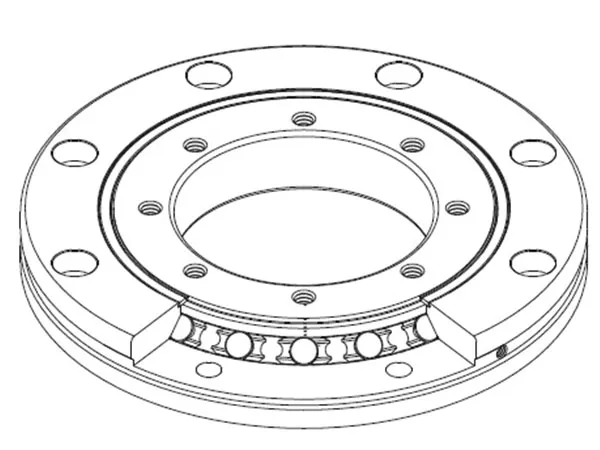Selecting the right precision crossed roller bearing size involves considering several key factors to ensure optimal performance in your application.

Radial Load (Fr): The force perpendicular to the shaft.
Axial Load (Fa): The force parallel to the shaft.
Moment Load (M): The tilting or overturning force.
Crossed roller bearings handle combined loads (radial, axial, and moment) efficiently. Calculate the expected loads and refer to the bearing’s dynamic (Cr) and static (Cor) load ratings.
Inner Diameter (ID): Match the shaft size.
Outer Diameter (OD): Ensure it fits within the housing.
Width (Height): Check space constraints.
Standard sizes range from small (e.g., 10mm ID) to large (e.g., 500mm ID).
Precision bearings (e.g., ABEC-5, ABEC-7, P4, P2) have tighter tolerances.
For high rigidity, select a bearing with preload (eliminates internal clearance).
Check the limiting speed (rpm) based on lubrication and cage material.
Polyamide cages allow higher speeds than steel cages.
Inner/Outer Ring Rotation: Decide if the inner or outer ring rotates.
Split vs. Non-Split Design: Split types (e.g., XR series) are easier to install.

Lubrication: Grease (standard) or oil (high-speed).
Sealing: Optional seals for dust/moisture protection.
Material: Stainless steel (corrosion resistance) or standard chrome steel.
...
For more detailed information on how to choose the appropriate precision crossed roller bearing size, please visit: https://www.lynicebearings.com/a/bearing-faqs/precision-crossed-roller-bearing-size-selection.html